Harley-Davidson VRSCF V-Rod Muscle (2009-2017) Maintenance Schedule
This is the maintenance schedule for the VRSCF V-Rod Muscle, the muscle cruiser that’s part of Harley’s VRSC V-Rod line.
Harley-Davidson built the VRSCF from 2009 onward and it always came with the large-capacity 2nd-gen 1247 cc engine. The VRSCF V-Rod Muscle is principally a styling exercise, with factors like integrated turn signals, a unique LED tail light, and a 240-profile rear tire distinguishing it. But broadly, it’s still distinguished for having a 1250 motor, forward controls, and an inverted fork for its suspension.
(There was no version of the V-Rod Muscle to have the 1130 motor, conventional forks, or 180-profile rear tire.)
Harley-Davidson VRSCF V-Rod Special Service Intervals
Like other 1250 VRSC models, the V-Rod Muscle has 5,000 mile / 8,000 or annual service intervals. At every service, change the oil and filter, and look over the annual service checklist to see what needs to be done.
The V-Rod Muscle’s “Revolution” series motor is different from the Big Twins. It has mechanically actuated valves rather than self-adjusting hydraulic lifters, and thus it has a prescribed maintenance schedule for the valves, which have to be inspected every 15,000 miles or 24,000 km.
The V-Rod Muscle also has a hydraulic clutch, so attend to the clutch fluid at the same time as the brake fluid.
Finally, the VRSCF’s coolant needs to be replaced periodically – though HD only has very wide intervals for the coolant.
Maintenance Schedule
Below is the maintenance schedule for the VRSCF V-Rod Muscle, compiled from both early and recent model VRSCF owner’s manuals. The maintenance schedule is split into two components:
- The core maintenance schedule of important items to service, and
- The inspection checklist to do at every scheduled service.
Core Items Maintenance Schedule
This is the maintenance schedule of major items (e.g. oil changes and valve inspections).
Notes:
- Follow the earlier of time-based or distance-based service intervals, where appropriate.
- Keep repeating this maintenance schedule in the pattern shown.
| mi x 1000 | 5 | 10 | 15 | 20 | 25 | 30 | |
|---|---|---|---|---|---|---|---|
| km x 1000 | 8 | 16 | 24 | 32 | 40 | 48 | Every |
| Annual service checklist (see below) – Perform all items | ✓ | ✓ | ✓ | ✓ | ✓ | ✓ | Year |
| Engine oil and oil filter – Replace | ✓ | ✓ | ✓ | ✓ | ✓ | ✓ | |
| Spark plugs – Inspect | ✓ | ✓ | ✓ | ||||
| Spark plugs – Replace | ✓ | 2 years | |||||
| Brake fluid – Replace (Castrol DOT 4) | 2 years | ||||||
| Steering head bearings – Adjust | ✓ | 20K mi / 32K km | |||||
| Steering head bearings – Disassemble, inspect, and lubricate | ✓ | 30K mi / 48K km | |||||
| Front fork – Rebuild (replace fork oil and seals) | 50K mi / 80K km | ||||||
| Fuel filter — Replace | 100K mi / 160K km | ||||||
| Rear fork bearings – Repack | ✓ | ||||||
| Valve lash – Inspect, Adjust (See note below) | ✓ | ✓ | |||||
| Coolant – Replace | ✓ | ||||||
| Critical fasteners – Check tightness (see below table) | ✓ | ✓ | ✓ | Year | |||
| Battery – Check battery and clean connections | Year |
Critical Fastener Torque
Below is the table of torque of critical fasteners applicable to the VRSCF. The service manual has other torque values for more extensive work, but the below covers maintenance scenarios.
| Item | Nm | lb-ft |
|---|---|---|
| Oil drain plug | 35 | 25.8 |
| Oil filter | 2/3 to 1 turn after contact | |
| Spark plugs | 23 | 17 |
| Battery terminal | 6.8-7.9 | 5.0-5.8 |
| Steering stem bolt | 9.5 | 7 |
| Front axle nut torque | 81-88 | 60-65 |
| Rear axle nut torque | 190-203 | 140-150 |
| Shock absorber bolt torque (top and bottom) | 41-68 | 31-50 |
| Lower frame rail fasteners | 61-75 | 45-55 |
| Pivot shaft nut | 61-75 | 45-55 |
| Brake master cylinder banjo bolt (front and rear) | 23-29 | 17-22 |
| Clutch reservoir cover screws | 6-10 | 4.4-7.4 |
| Brake reservoir cover screws (front) | 1.1-1.4 | 0.8-1.0 |
| Brake reservoir cover screws (rear) | 0.7-0.9 | 0.5-0.7 |
| Fork bracket pinch bolt (upper and lower) | 41-48 | 30-35 |
| Switch housing screws on hand controls (upper and lower) | 4.0-5.1 | 3-3.8 |
| Clutch lever handlebar clamp screw torque | 8.0-9.0 | 5.9-6.6 |
| Master cylinder handlebar clamp screw torque | 8.0-9.0 | 5.9-6.6 |
VRSCF V-Rod Muscle Service Checklist
Below is the checklist of service items for the Harley-Davidson VRSCF V-Rod Muscle. It’s standard across the 1250 motors.
| Service Checklist — Harley-Davidson V-Rod 1250 |
|---|
| Drive belt and sprockets – Inspect condition, and check and adjust belt tension (see below) |
| Air cleaner – Inspect, service as required |
| Cooling system – Inspect, check clamps for tightness, check coolant freeze point |
| Oil lines and brake system – Inspect for leak, contact, or abrasion |
| Fuel lines / fittings – Inspect for leaks, contact, or abrasion |
| Brake pads and discs – Inspect for wear |
| Brake fluid – Check levels in sight glass (front and rear) |
| Clutch fluid – Check level in sight glass |
| Throttle, brake and clutch controls – Check free play, adjust, and lubricate |
| Tires – Check pressure, inspect tread |
| Radiator – Clean |
| Jiffy stand (side stand) – Inspect and lubricate |
| Electrical equipment and switches – Check operation |
| Exhaust system — Inspect for leaks, cracks, and loose or missing fasteners and shields |
| Road test – Verify component and system functions |
Harley-Davidson VRSCF Belt Maintenance
The Harley-Davidson VRSCF has a belt final drive, as do all V-Rods and most Harleys. While drive belts are low maintenance (they don’t need frequent cleaning and lubrication), you still have to periodically check their condition and tension, adjusting and changing them out if necessary.
At every service, check the condition of the drive belt. Look for cracked ribs in the belt, broken teeth in the drive wheels, other cracks in the belt, and so on. Not all damage requires replacement (you might be able to ride with caution to a dealer), but that requires some judgment on your part.
Follow this procedure to check the VRSCF’s belt tension.
- Put the motorcycle in neutral with the motorcycle upright using a rear stand
- Use a belt tension gauge to push up at the belt deflection measurement window with 4.5 kg / 10 lb of pressure (this is what standard belt tension gauges do)
- Measure the number of notches of deflection in the window Each deflection is 2 mm.
Target belt deflection for the VRSCF: 6-10 mm or 3-5 gradations (other models may have different deflection numbers).
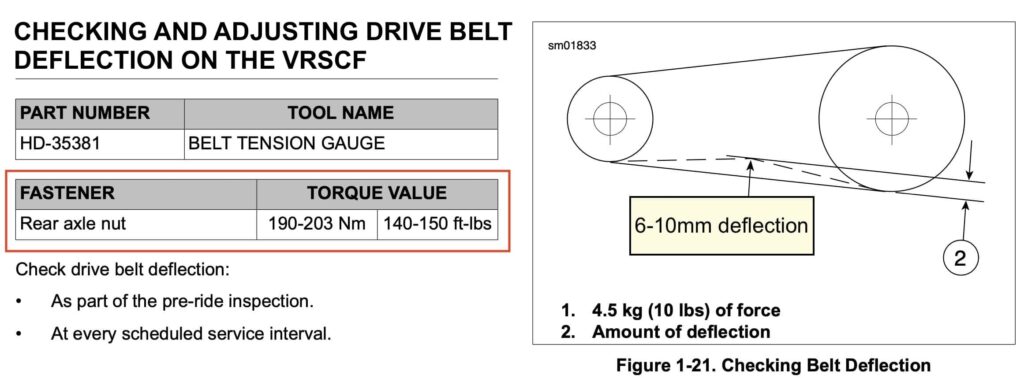
If the belt tension is out of spec, you need to adjust it by following the below procedure.
- Remove the e-clip on the rear axle and loosen the rear axle using a large breaker bar.
- Turn the axle adjustment eccentric on the left-hand side until the belt deflects 6 mm (the tighter end of the range).
- Tighten axle to 140-150 lb-ft (190-203 Nm) (Note — This may seem very high, but it’s true — straight out of the service manual, see the image above.
- Reinstall e-clip.
Once you’ve tightened the rear axle, check the belt tension again again to make sure it has stayed.
Notes on Valve Service for the VRSCF 1250 Revolution Engine
The VRSCF V-Rod Muscle has a second-generation 1247 cc “Revolution” series engine, which is a different design from other Harley-Davidson engines — different from the “Big Twins” and different from the Revolution Max motors in the later RH models (e.g. the Sportster S).
The 1250 Revolution engine has mechanical valve lifters, not self-adjusting hydraulic lifters that most Harley-Davidsons have (from Sportsters to Tourers, including the new RH models). Thus, the valve clearances on the V-Rod Muscle have to be checked and possibly set (if needed) — every 15,000 miles or 24,000 km. They don’t necessarily always have to be adjusted, but if they do, the Revolution engine has a shim under bucket valve adjustment procedure, which means a little disassembly.
To adjust the valve clearances, you have to replace the shims under the buckets. To do so, You have to remove things around the valve covers and remove the valve covers. Some of the fasteners require special tools. It greatly improves access to the rear cylinder to loosen the drive belt, remove or loosen the exhaust, remove some of the engine mounts, and tilt the engine forward.
Then, to measure clearances, you have to use angled metric feeler gauges to check the valve clearances. There are four valves per cylinder, so eight clearances to check.
Valve lash specs for the Revolution engine are below:
| Area | Valve lash (mm) | Valve lash (in) |
|---|---|---|
| Intake | 0.195-0.245 mm | 0.0078 – 0.0096 in |
| Exhaust | 0.295-0.345 mm | 0.0117 – 0.0135 in |
If the valve lash is out of spec, you have to then (being careful to not lose the timing) remove the cam chain tensioner, roll a camshaft out of the way (keeping it in lock with the chain), and remove the bucket, replacing the shim underneath it.
The valve lash adjustment procedure is not technically complicated, but it’s delicate and easy to do wrong if you accidentally knock off the timing chain or camshaft. This is why most prefer to defer to a mechanic.
Wheels, Tires, and Tire Pressures
The VRSCF Night Rod Special ships with a 19/18 front/rear tire combination. It has Michelin Scorcher 11 tires as standard.
Below are the tire sizes and recommended pressures from the manual. You can, of course, use other tire pressures, but many Harley owners don’t mess around too much with this unless they’re using an unusual tire, suspension setup, or something else.
| Wheel | Tire size | Tire pressure (cold) |
|---|---|---|
| Front | 120/70 ZR-19 60W | 36 psi / 248 kPa |
| Rear | 240/40 R-18 79V | 42 psi / 290 kPa |
About the Harley-Davidson V-Rod Muscle
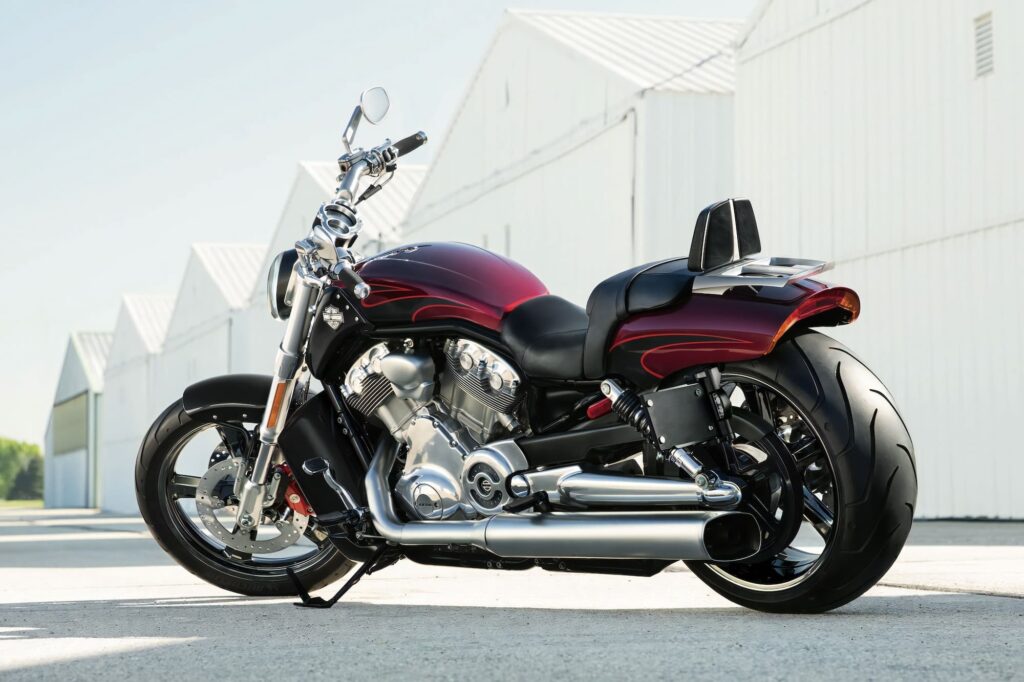
The V-Rod Muscle is one of the last two Harley-Davidsons in the V-Rod line, along with the VRSCDX Night Rod Special. They share an engine and drivetrain but are distinct in some of their core features.
The V-Rod has always been a tough sell. Traditional Harley riders think of it as a low-capacity, pretentious bike “created for guys named Chad who wear designer jeans and pink shirts unbuttoned at the collar to show off gold chains“. European and Japanese sport bike riders think it has about a third too much weight and is, despite all the performance parts, still short on power.
But in select markets, or among select faithful, the V-Rod is kick-ass. It was always popular in Australia. And while it was sunsetted as a model, it still sold for over 15 years, and spawned bikes like the RH Sportster, which now are developing their own loyal following.
The heart of the V-Rod Muscle is the same 1250 (1247 in reality) cc liquid-cooled “Revolution” 60-degree V-twin that is in the VRSCDX Night Rod. It’s a modern engine with four valves per cylinder, dual overhead cams, and shim under bucket lash adjustment.
The V-Rod Muscle is design-led more than most Harley-Davidsons. It has very long geometry, a shallow rake, and a 240-profile tire, all of which contribute to the V-Rod Muscle’s handling. It does handle — you can push it around corners — but it’s first and foremost a straight line bike.
There are parts of the VRSCF that are performance oriented, though. The front fork of the V-Rod Muscle is an inverted unit, the brakes are twin Brembos, and the frame is made using a hydroforming process to keep it light (for a double downtube frame) while preserving rigidity.
While a lot of Harley riders may think of the V-Rod Muscle’s 1250 motor as being weak down low, the reality is that it has enough torque for most mortals at any point in the rev range. It just doesn’t peak at 3k rpm like a Big Twin might. Still — it’s hardly lacking.
If you’re reading this page on maintaining a Harley-Davidson V-Rod Muscle and contemplating buying one, the part that should give you most pause is maintenance. Because you have two choices: Either suck up the difficult job or look forward to handing it over to dealers.
The V-Rod isn’t unreliable per se. But it’s big and heavy and the engine is built into what’s ultimately a compact space. When it comes time to do the valve service or other maintenance that requires having at the cylinder heads, there are fasteners that are difficult to reach and difficulty with access all over the engine.
Aside from that, you do have to change the coolant and even the clutch fluid. Most other Harleys don’t have coolant, and clutch fluid has only made special appearance at certain periods.
Ultimately, if you want a low-maintenance power cruiser, you might also consider the Suzuki Boulevard M109R or a Ducati XDiavel. But you can’t be blamed if you take a ride on a VRSCF and fall in love.
Reference — Manual Screenshots
The above info came from a mixture of the owner’s manual for the 2016 model VRSCF, the 2009 VRSCF manual, the 2013 service manual for all VRSC motorcycles, press releases, and online forums. Where there has been a discrepancy, we’ve deferred to later manuals, as the bike hasn’t fundamentally changed.
See below for screenshots of the manual to confirm the maintenance schedule.
You can download maintenance schedules from Harley-Davidson here (you need an account to log in).
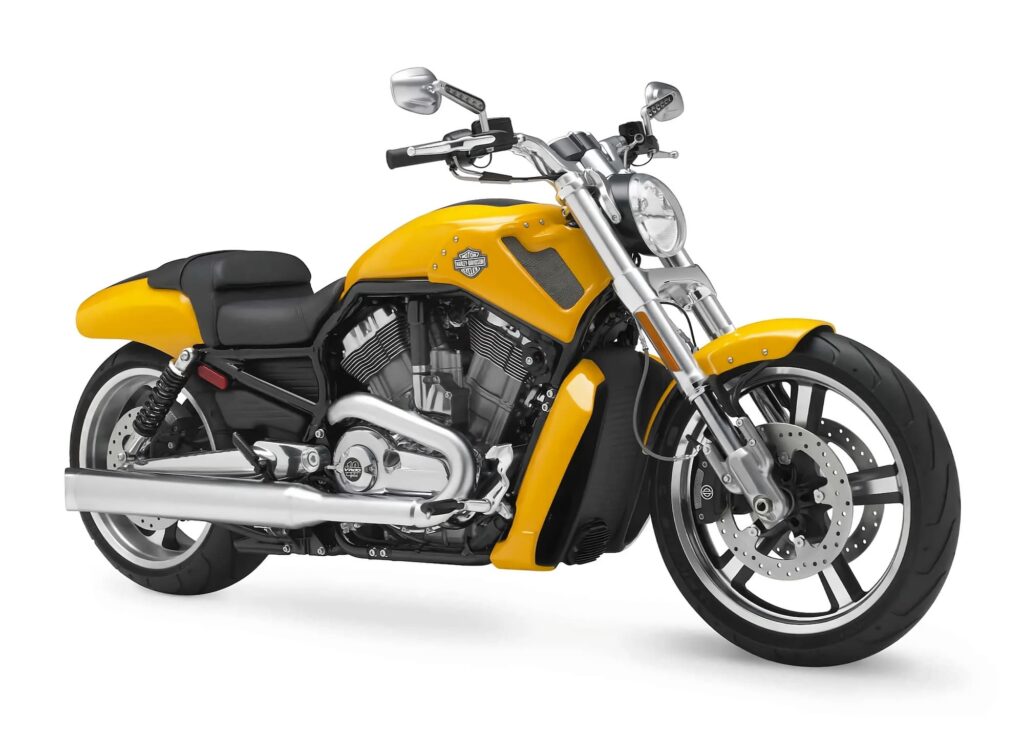
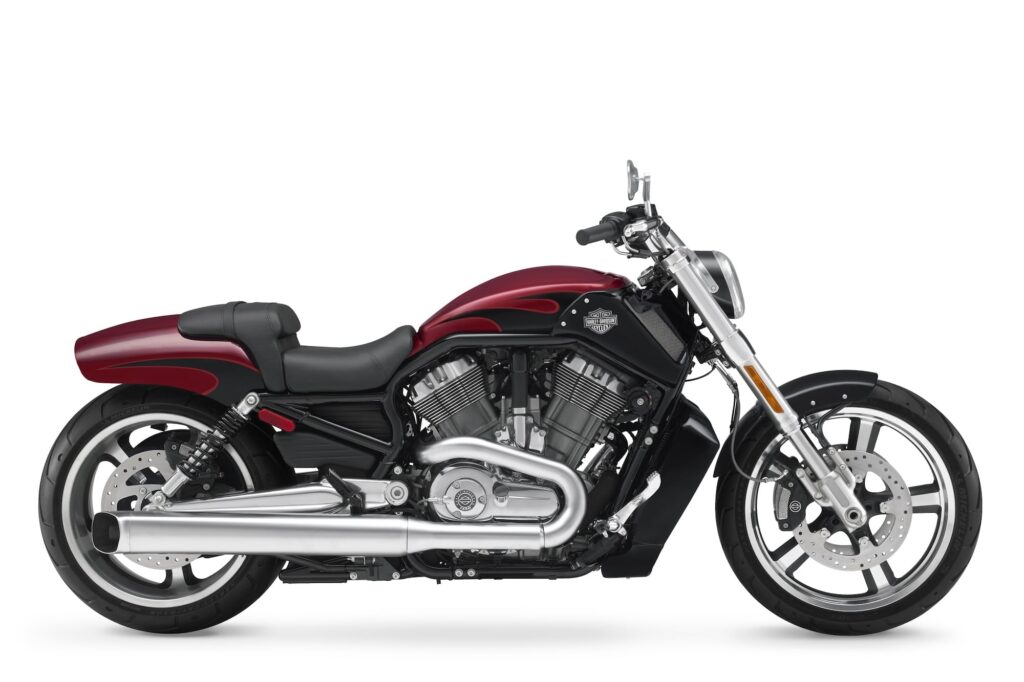
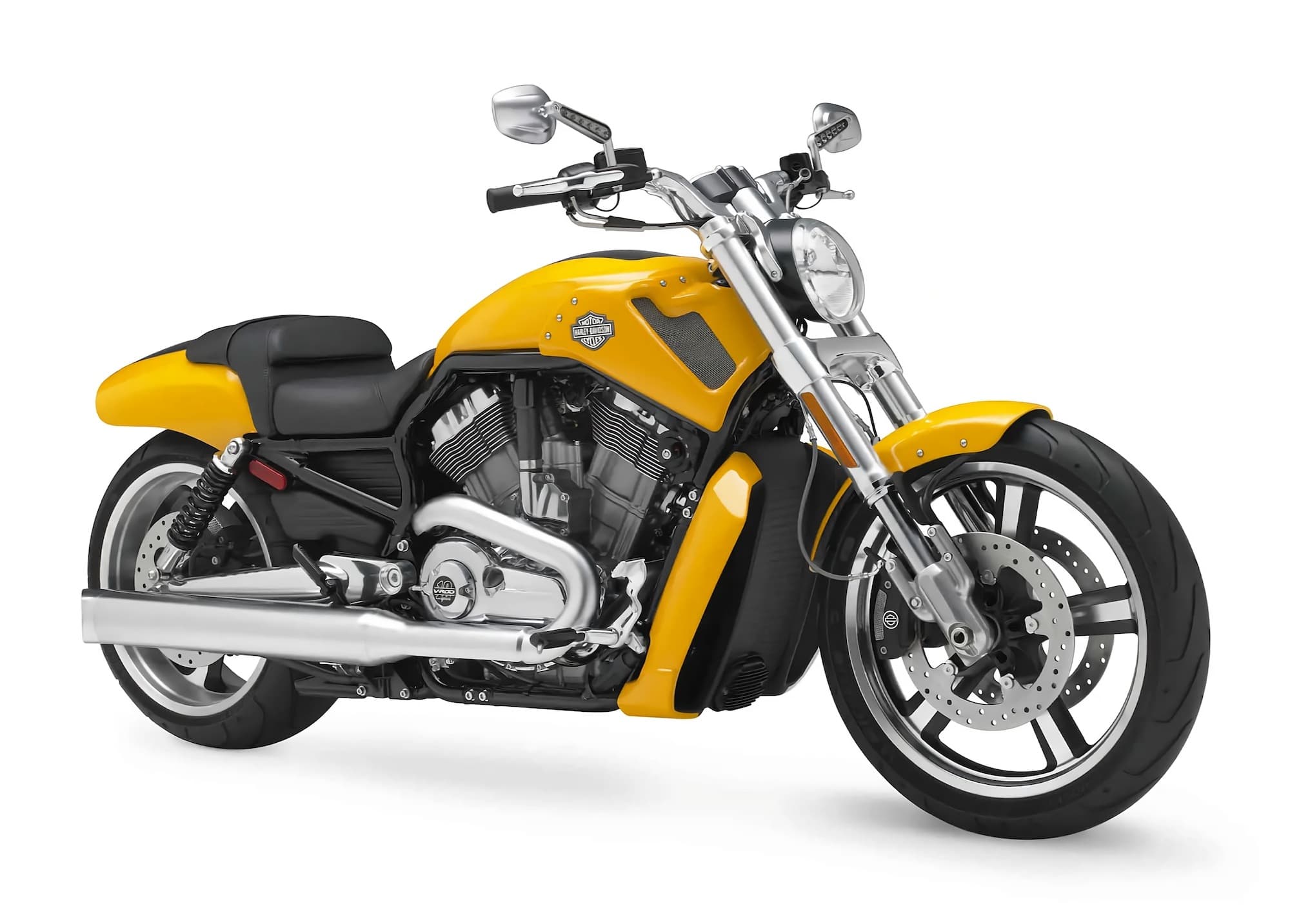
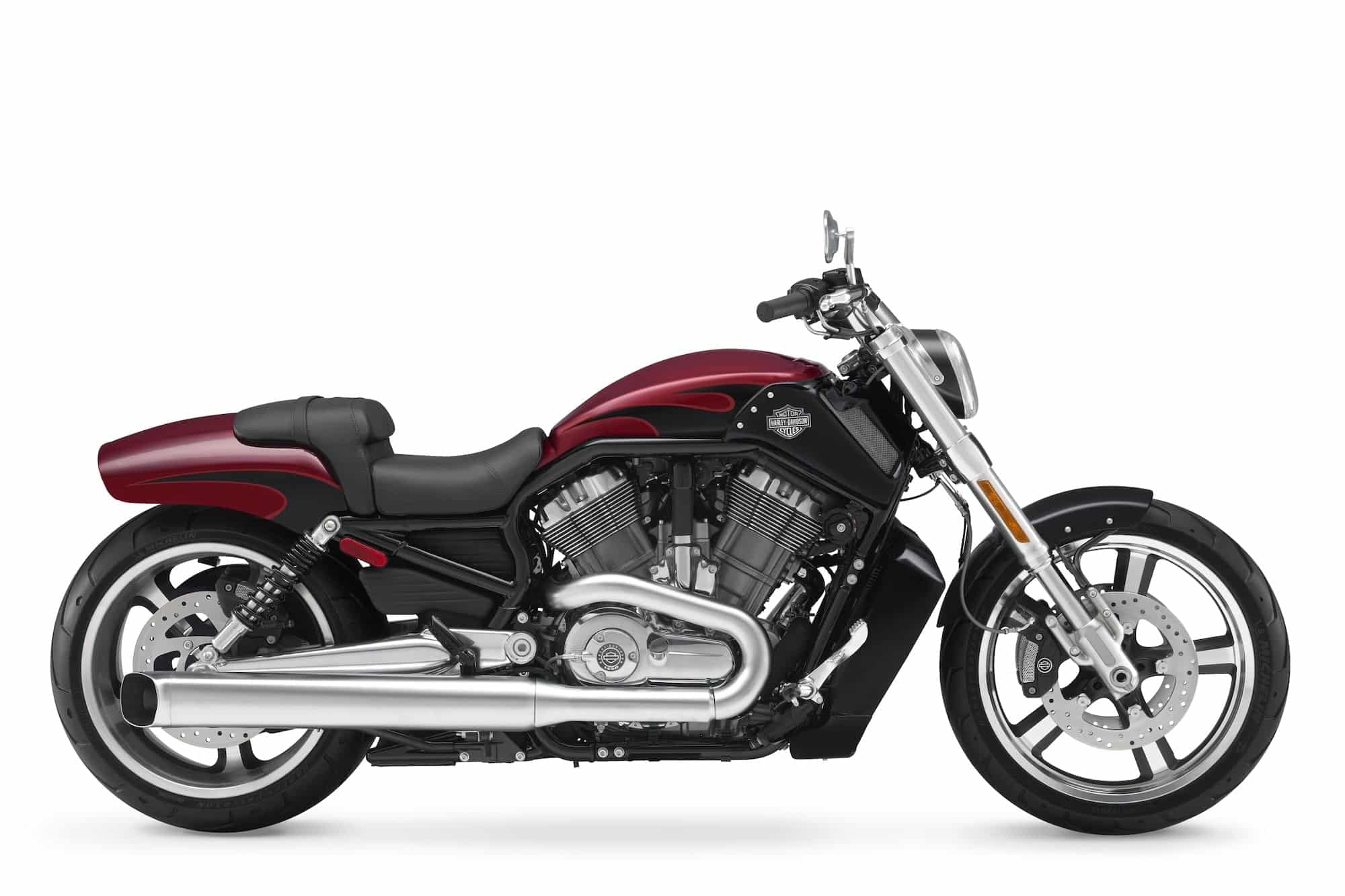
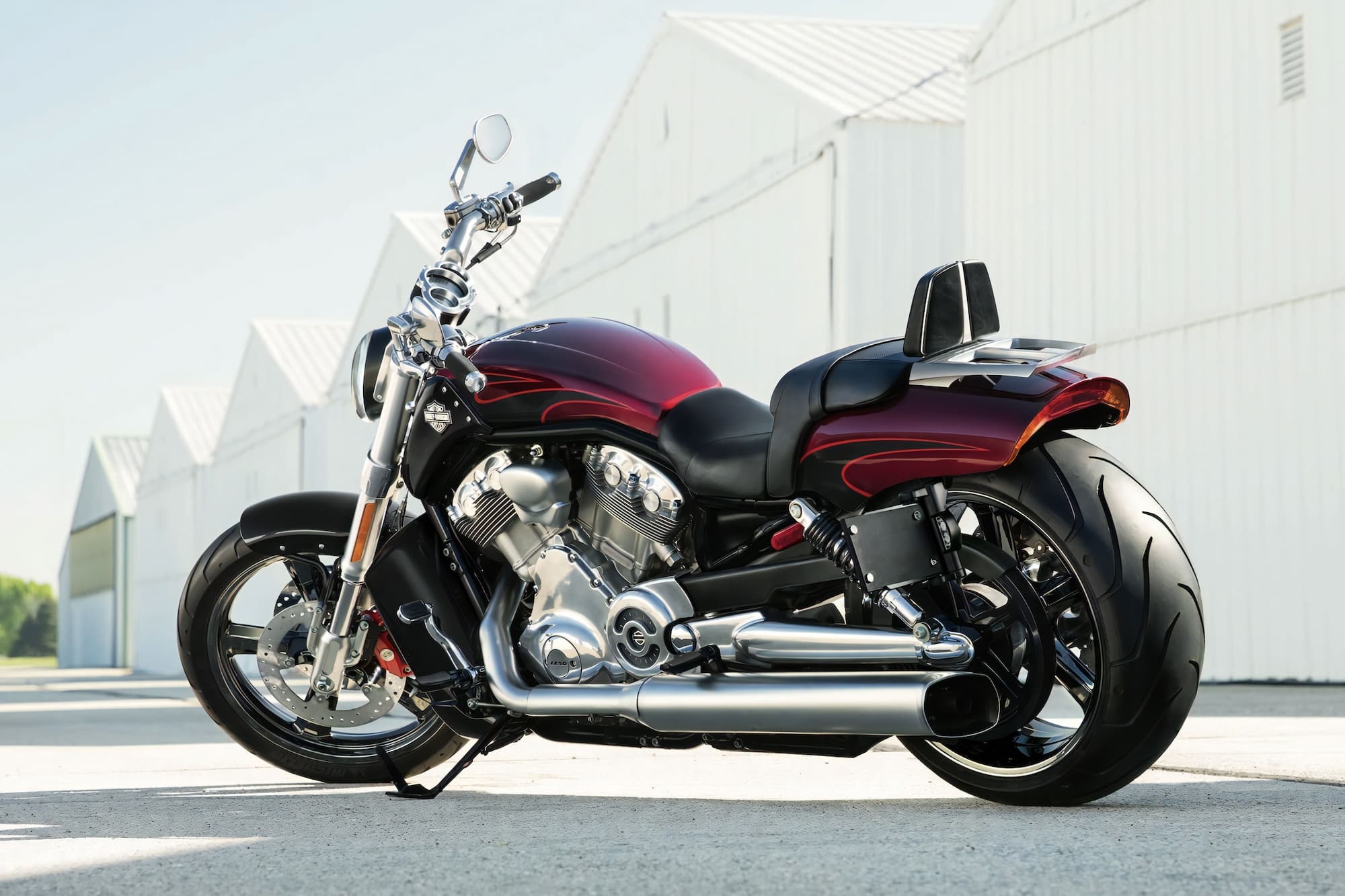
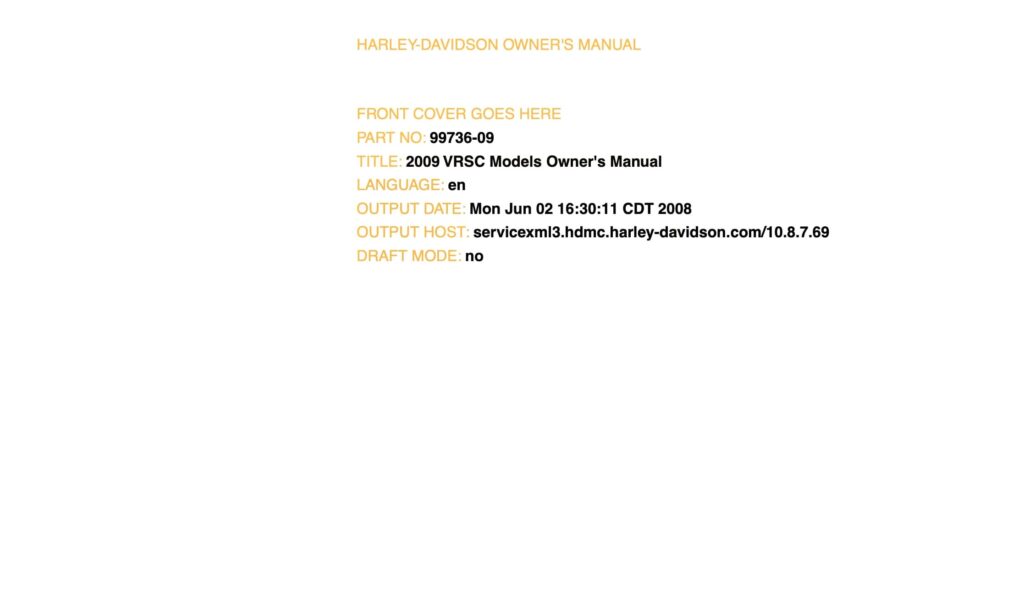
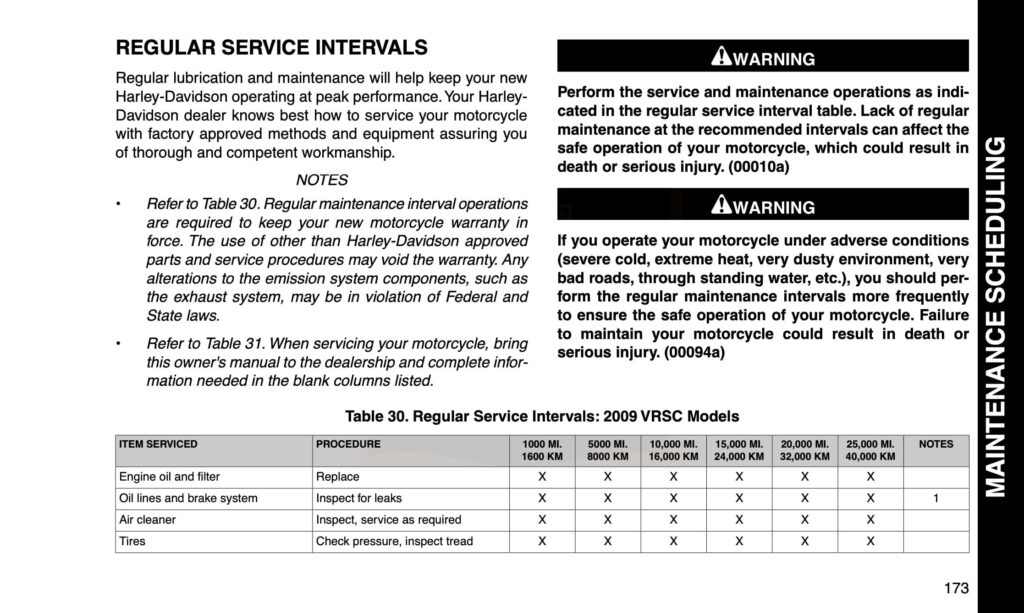
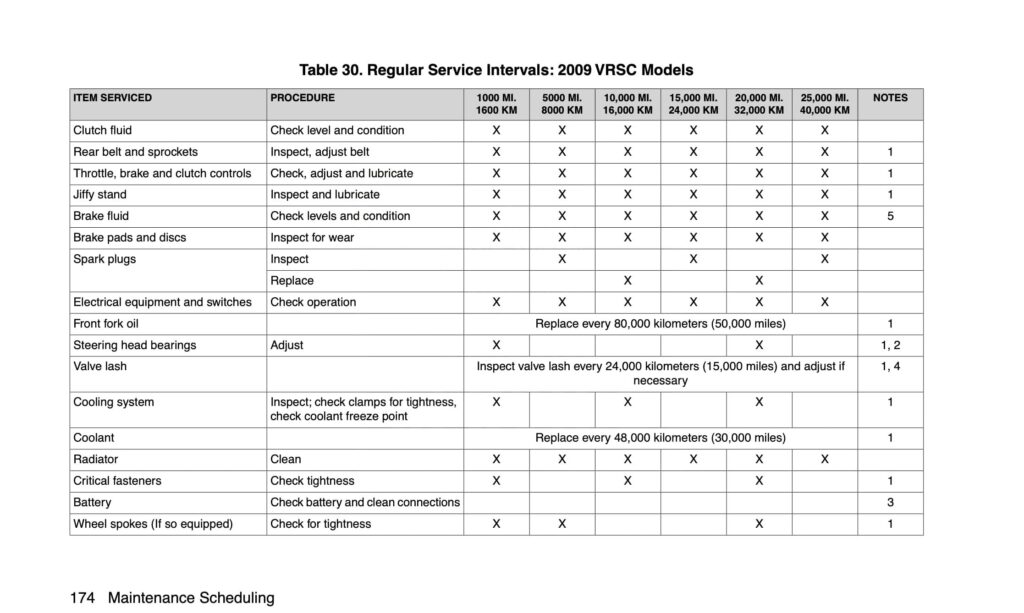
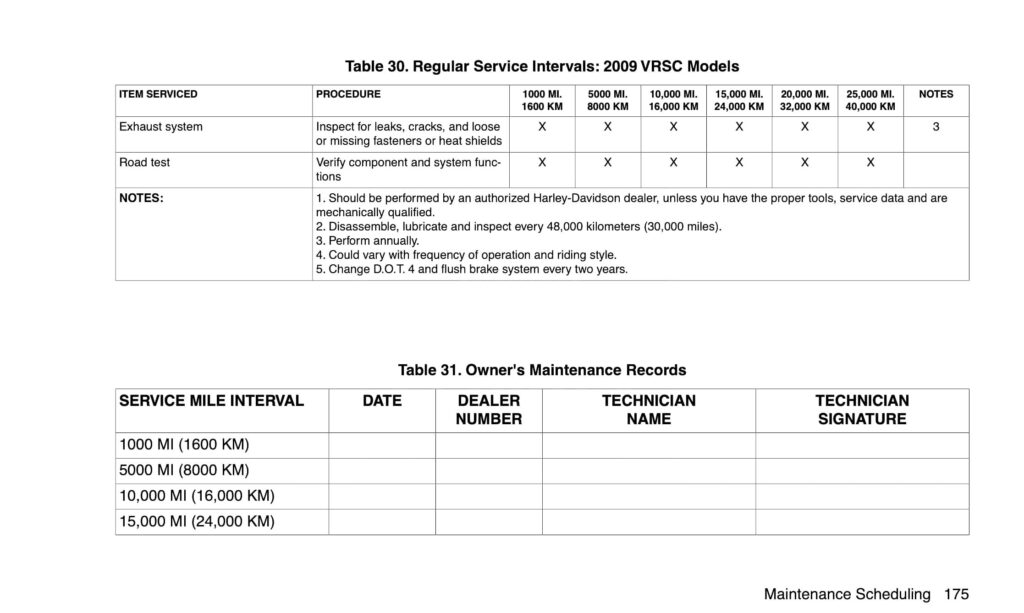
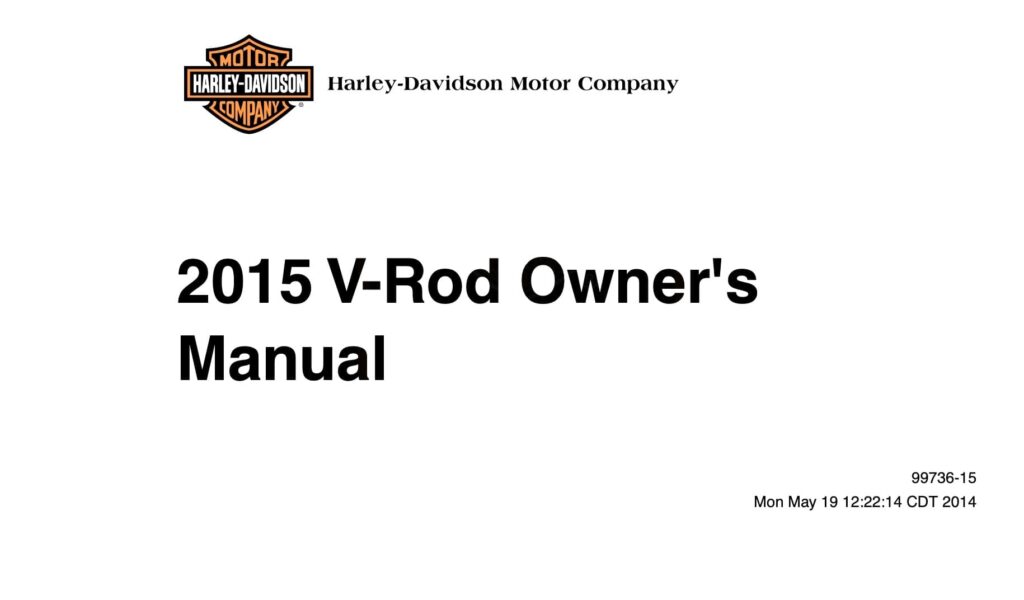
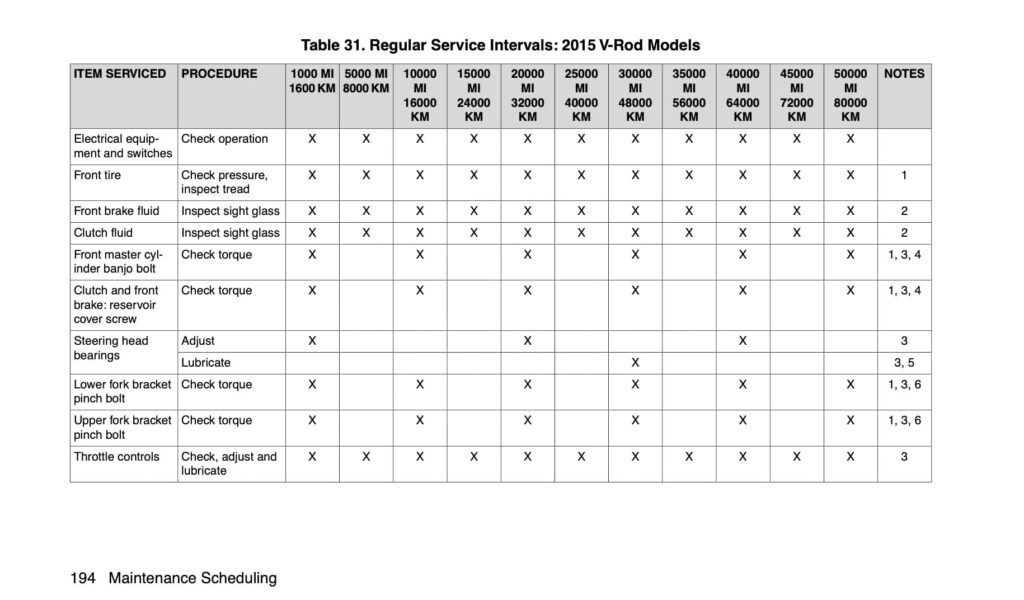

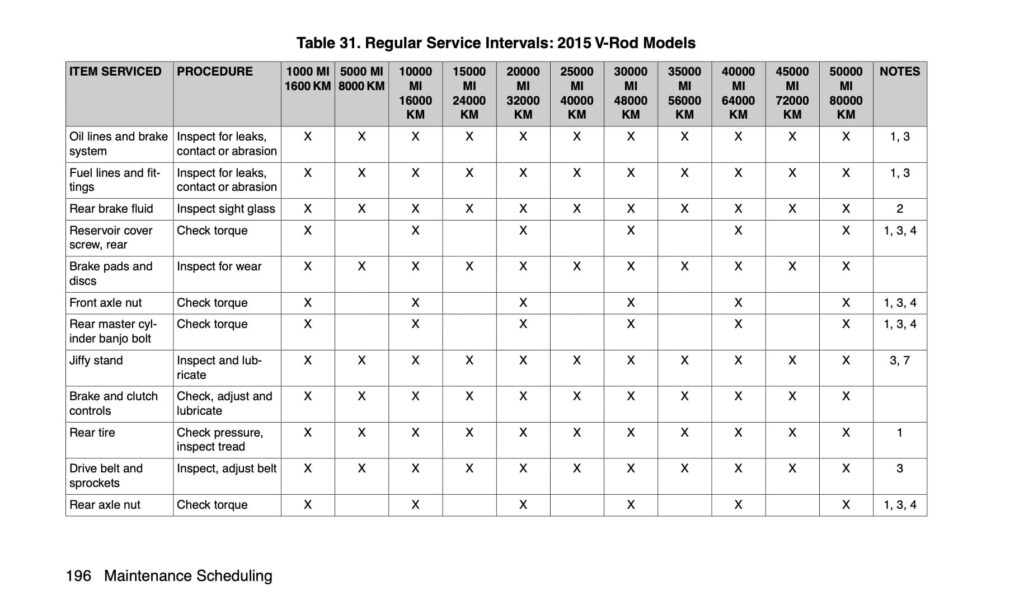
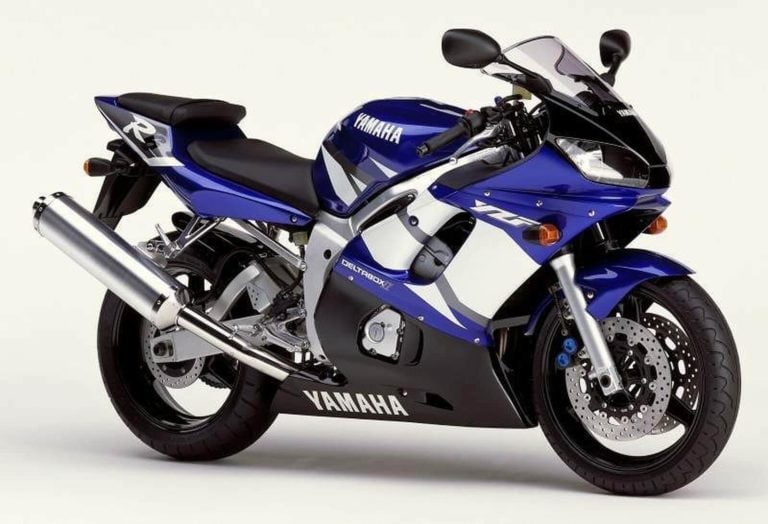
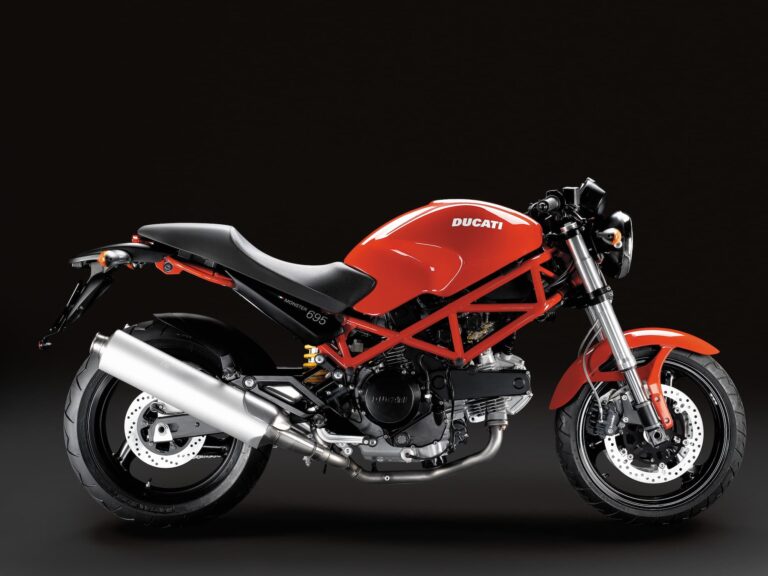
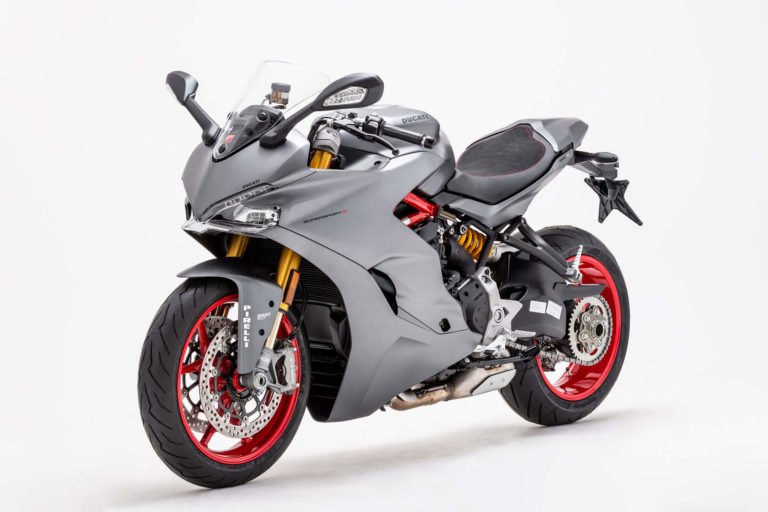
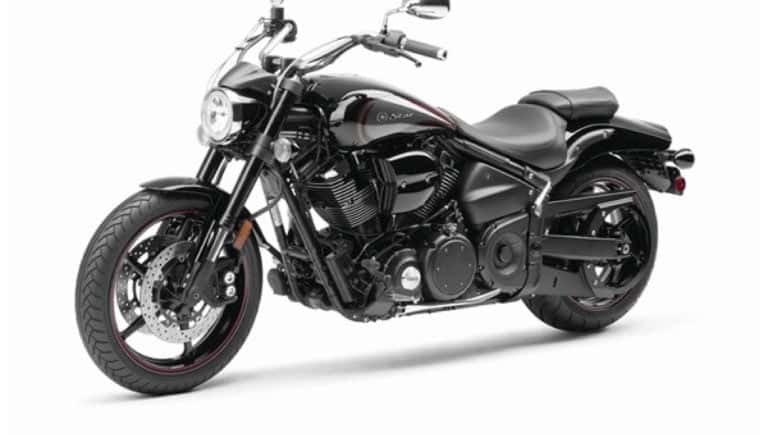

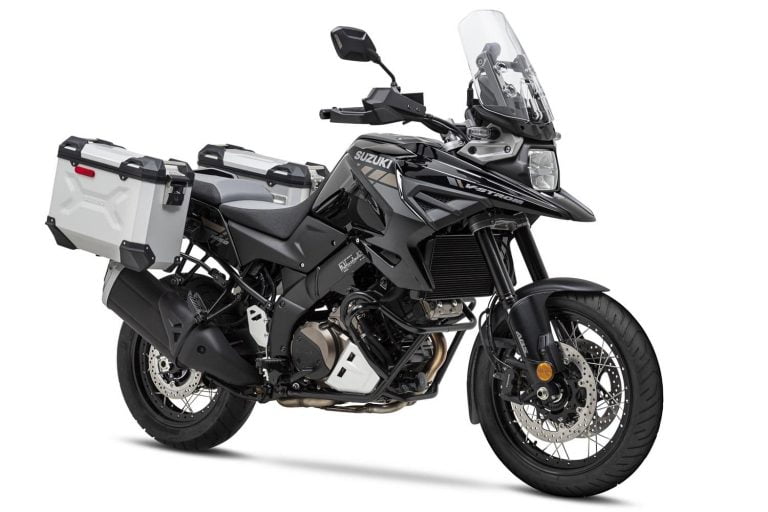
Its like you read my mind You appear to know so much about this like you wrote the book in it or something I think that you can do with a few pics to drive the message home a little bit but instead of that this is excellent blog A fantastic read Ill certainly be back.
Thanks!